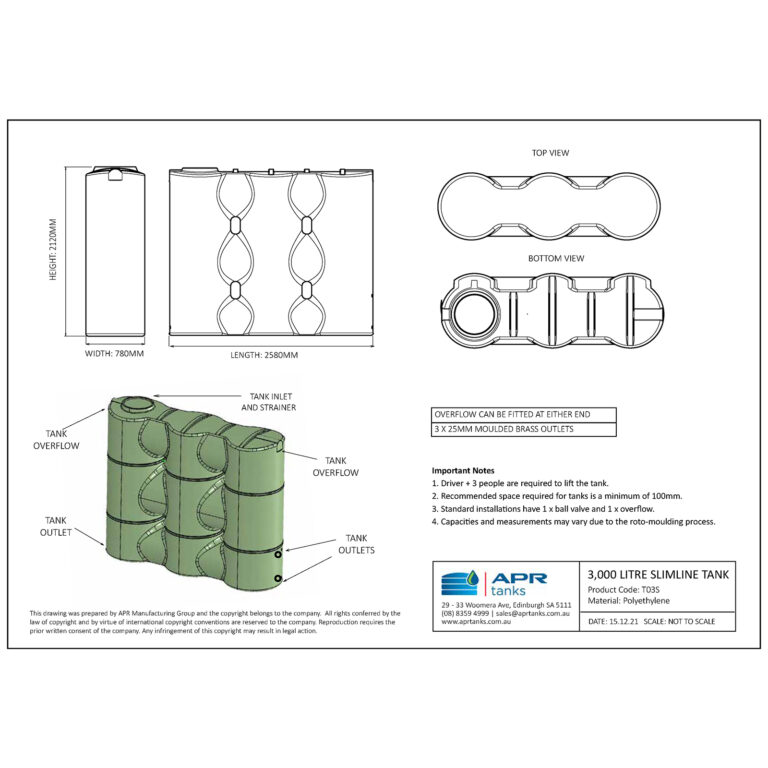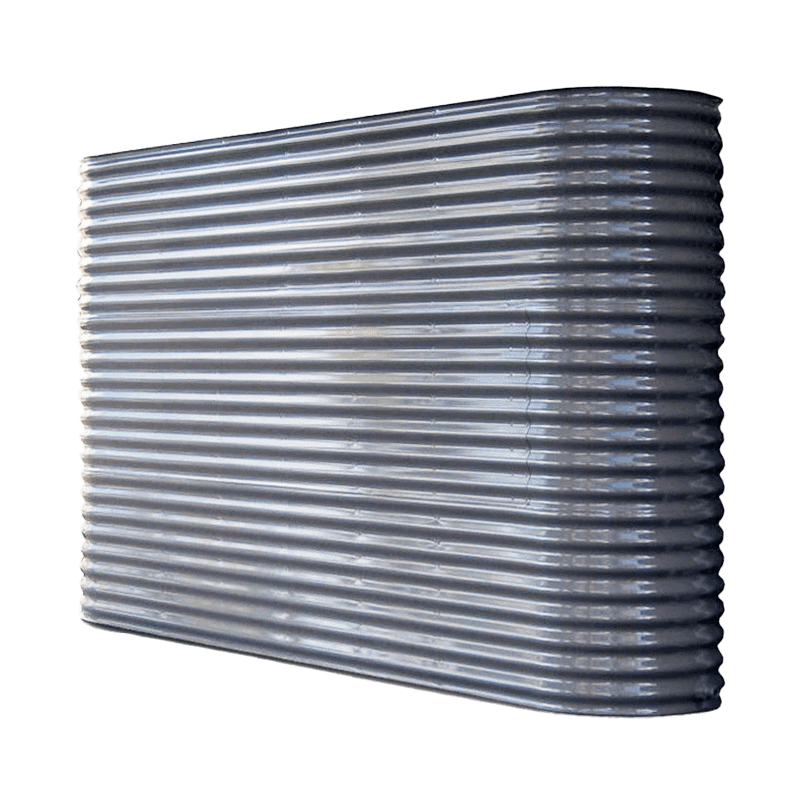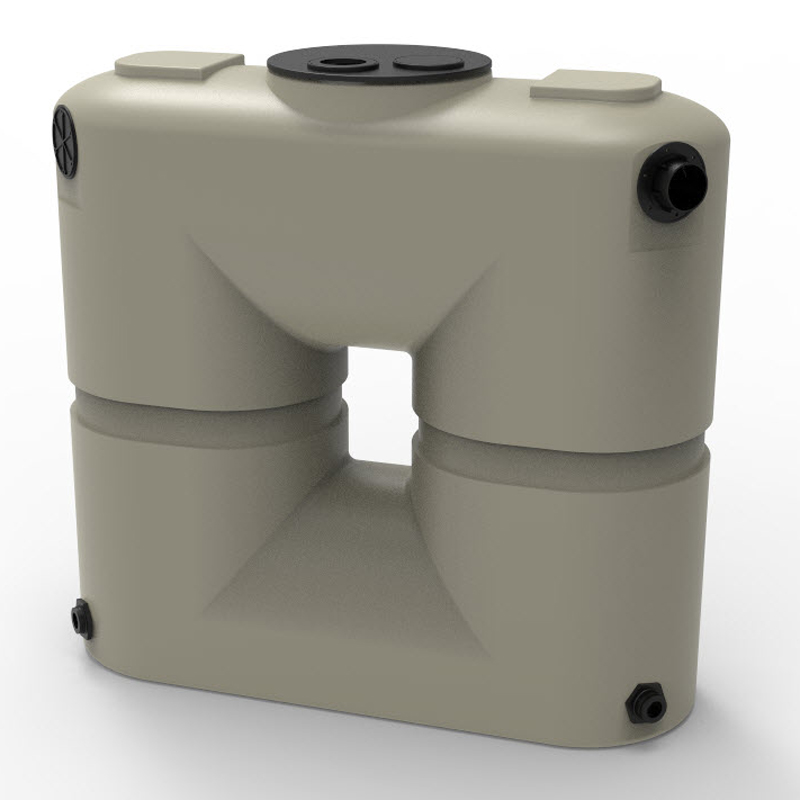Checking Out the Different Usages of Rain Tanks for Residential and Commercial Qualities
As the worldwide focus on lasting living practices proceeds to increase, the use of rainwater tanks in both domestic and industrial settings has emerged as an important option. The diverse uses of rainwater containers offer an engaging instance for their fostering, not just as a functional water-saving step but likewise as a testimony to accountable source administration.
Benefits of Making Use Of Rainwater Storage Tanks
Making use of rain tanks supplies various advantages for both homes and neighborhoods in terms of water conservation and sustainability. Among the vital benefits of utilizing rainwater tanks is the substantial decrease in reliance on keys water system - Slimline water tanks. By catching and saving rainwater for later use, people and neighborhoods can lower their need for treated water, eventually alleviating the burden on water treatment facilities and decreasing energy intake connected with water transportation and treatment
Additionally, rain harvesting with storage tanks supplies a reputable different water resource throughout times of water constraints or shortages. This saved rainwater can be used for numerous non-potable functions such as watering, flushing bathrooms, and cleaning clothes, reducing the strain on traditional water resources. Furthermore, using rainwater storage tanks can bring about cost savings for both families and areas by reducing water costs and lowering the need for costly facilities growths to fulfill expanding water needs.
Basically, the usage of rainwater storage tanks supplies a lasting and environmentally friendly method to water administration, benefiting both private users and the wider neighborhood in regards to water preservation, cost-efficiency, and durability.
Rainwater Container Use in Irrigation
Given the benefits of rainwater containers in conserving water sources and reducing dependence on mains supply of water, a considerable application exists in making use of saved rain for watering objectives - Slimline water tanks. Rain collecting systems can properly accumulate and save rain, giving a lasting water resource for watering gardens, grass, and agricultural areas. By using rainwater for watering, homeowner can reduce their dependancy on cured water sources, resulting in cost financial savings and ecological benefits

Among the primary benefits of making use of rainwater for irrigation is its pureness. Rainwater is naturally soft and without the chemicals and ingredients typically located in mains water, making it excellent for nourishing plants without the danger of damaging results. Additionally, rainwater goes to ambient temperature level, which can profit plant growth by preventing temperature level shocks that can accompany cold mains water.
Rainwater Storage Tanks for Bathroom Flushing

Implementing rain storage tanks for toilet flushing is a cost-effective and eco-friendly technique that can be easily incorporated into both household and industrial residential or commercial properties. The saved rainwater can be made use of to flush commodes by linking the container to the existing plumbing system. This straightforward yet efficient solution can substantially decrease water usage in a structure, especially in locations where water scarcity is an issue.

Integrating Rainwater Tanks in Landscaping
A reliable approach for boosting sustainability in landscaping involves integrating rain storage tanks to enhance water usage and advertise green techniques - Slimline water tanks. Integrating rainwater tanks in landscape design uses various benefits for both household and industrial residential properties. These storage tanks can capture and save rainwater runoff from roof coverings, which can then be used for sprinkling gardens, additional hints grass, and plants. By using rainwater for watering functions, homeowner can minimize their reliance on metropolitan water sources, leading to set you back savings and preservation of precious water sources.
Along with offering a lasting water source for landscape design needs, rain tanks can also assist in taking care of stormwater runoff. By catching rain that would otherwise stream right into storm drains, these containers can mitigate erosion, lower flooding risks, and avoid contamination of all-natural water bodies. Incorporating rainwater storage tanks in look at more info landscaping can add to the general visual allure of the property, showcasing a commitment to environmental stewardship.
Industrial Applications of Rainwater Storage Tanks
Using rain storage tanks in industrial setups uses a lasting remedy for water monitoring and preservation, profiting organizations and the setting alike. Business applications of rain containers vary and increasingly popular because of the price savings and ecological benefits they provide. One key commercial use is for watering objectives, where collected rain can be made use of to water landscaping, yards, and agricultural areas bordering industrial homes. This can bring about substantial decreases in water bills and dependence on community water resources.
Furthermore, rain gathered in containers can additional hints be dealt with and made use of for non-potable purposes within industrial residential properties, such as flushing commodes, cleansing, and cooling systems. In general, the consolidation of rain containers in industrial setups presents a practical and environmentally responsible technique to water administration.
Conclusion
From watering to bathroom flushing and landscaping, the usage of rain tanks can assist preserve water sources and minimize water bills. On the whole, the flexibility and sustainability of rainwater tanks make them a beneficial investment for any kind of residential or commercial property owner looking to boost water effectiveness.